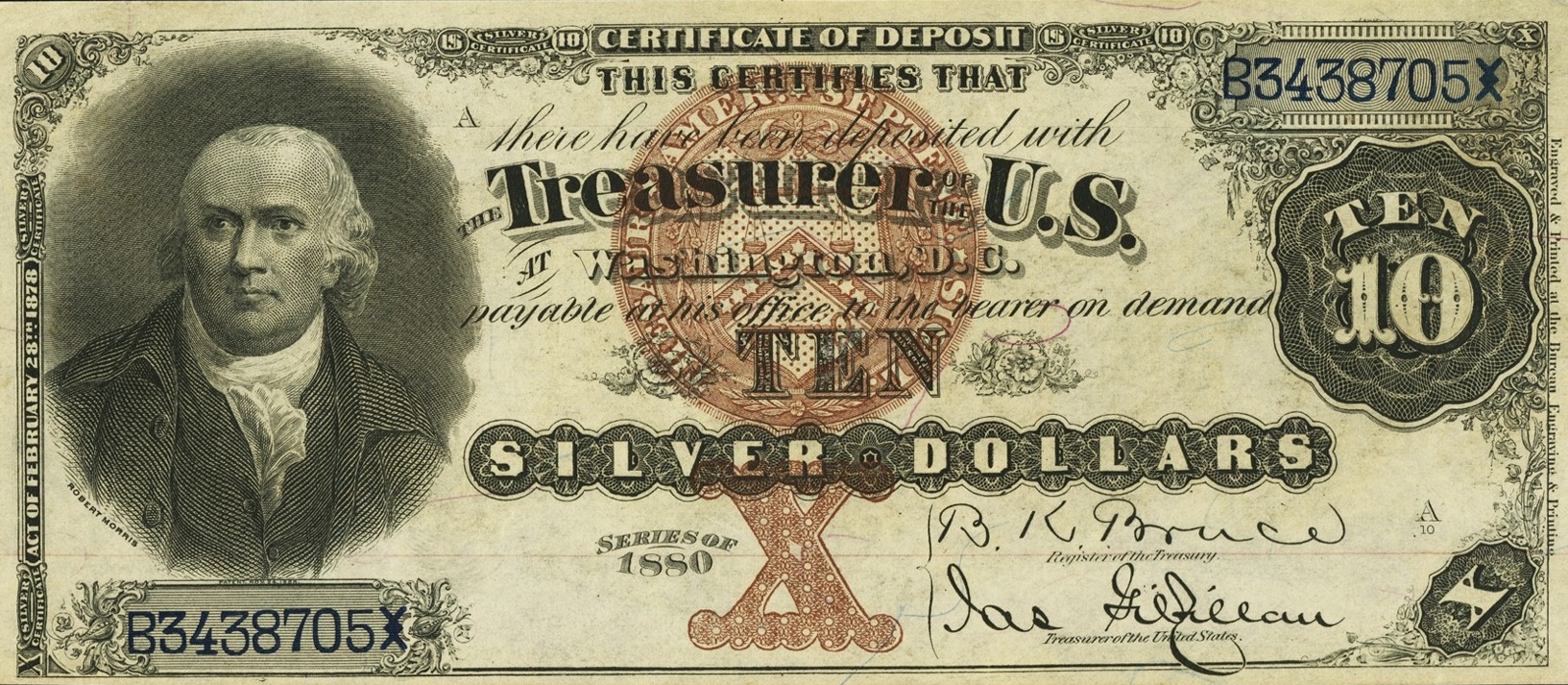
By Jim O’Neal
During the Revolutionary War, one of the more frustrating issues facing General George Washington and his officers was the inconsistent supply of guns, ammunition and basics like shoes, coats, uniforms and food. Then, of course, there was the issue of money to pay the troops.
The Continental Congress struggled to perform the basic functions of a “treasury,” but without the power to tax, they had to rely on loans from foreign governments and domestic support (less than 50 percent of the people were in favor of war). Their FICO scores were low and the paper money printed was “Not worth a Continental!”
By 1781, the United States was in a fiscal crisis. The national debt was $25 million, public credit markets had collapsed and the British were firmly in control of the sea and coastline. Congress decided to act by abandoning their ineffectual committees in favor of an executive structure.
Robert Morris was unanimously elected Superintendent of Finance.
Morris was truly one of the Founding Fathers and was one of two men (Roger Sherman) to have signed the Declaration of Independence, Articles of Confederation, and the U.S. Constitution. Next to George Washington, he was considered the “most powerful man in America” and used his personal fortune to shore up the country’s finances.
Later, caught in the Panic of 1796-97, Morris was cast into debtors’ prison after he speculated on millions of acres of land and could not pay taxes or interest on his leveraged loans. The financial wizard of the Revolution was cast into debtors’ prison for three years until Congress passed a special bankruptcy law in 1800, primarily to free him.
The Department of Treasury was established by an Act of Congress in 1789. When George Washington decided to add a Treasury Secretary to his cabinet, his first choice was Robert Morris. However, Morris convinced him to pick Alexander Hamilton, despite his polarizing personality.
It is interesting to speculate whether biographer Ron Chernow and composer Lin-Manuel Miranda would be the spectacular toasts of Broadway with a character named “Morris.”
P.S. The bust of Robert Morris is featured prominently on the $10 Silver Certificate and the ultra-rare $1,000 Legal Tender note of 1863. There are only two or three in existence and the only one I’ve seen was in the Frank Levitan Collection auction in 1998. I suspect it would bring several million dollars in today’s market. It is a beautiful design.
 Intelligent Collector blogger JIM O’NEAL is an avid collector and history buff. He is President and CEO of Frito-Lay International [retired] and earlier served as Chairman and CEO of PepsiCo Restaurants International [KFC Pizza Hut and Taco Bell].
Intelligent Collector blogger JIM O’NEAL is an avid collector and history buff. He is President and CEO of Frito-Lay International [retired] and earlier served as Chairman and CEO of PepsiCo Restaurants International [KFC Pizza Hut and Taco Bell].
